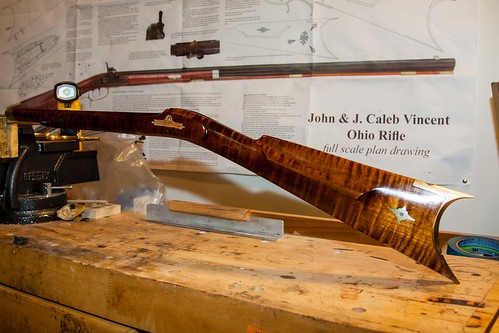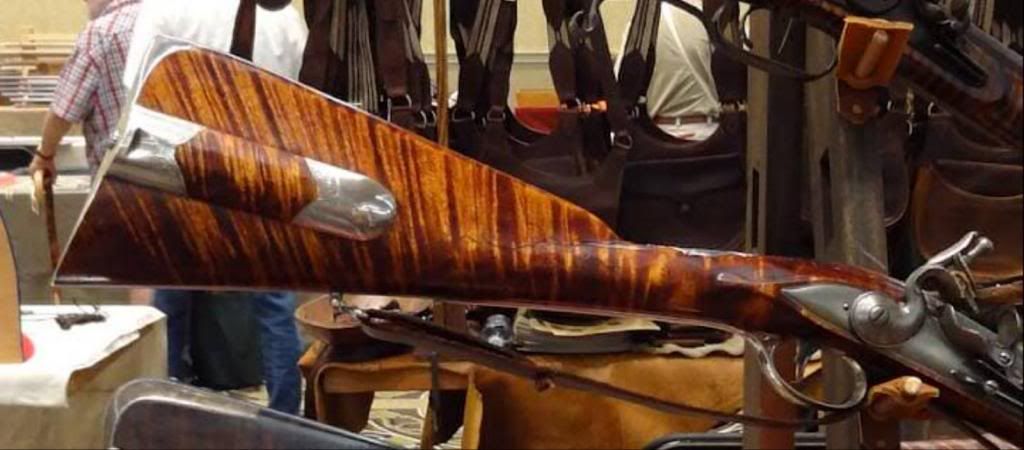Micah Clark
45 Cal.
- Joined
- Dec 9, 2010
- Messages
- 623
- Reaction score
- 4
Is Aqua Fortis an either or finish? Does a builder choose either AF or a bottle of stain?
I want a certain color. . a nice light to moderate brown, not a yellow, a red or a black walnut color, and I want a brown which shows off a slightly darker curl. I also don't want a black stock in 20 years.
That being said, AF intrigues me, but seems like a bit of a roll of the dice on the color you will get.
Do people ever use AF with a light coat or two to make the curl pop, then stop the chemical process (how?) and "stain" the stock with something like Laurel Mountain Forge for the basic overall color they want?
Or am I asking a dumb question because the two do not mix?
I want a certain color. . a nice light to moderate brown, not a yellow, a red or a black walnut color, and I want a brown which shows off a slightly darker curl. I also don't want a black stock in 20 years.
That being said, AF intrigues me, but seems like a bit of a roll of the dice on the color you will get.
Do people ever use AF with a light coat or two to make the curl pop, then stop the chemical process (how?) and "stain" the stock with something like Laurel Mountain Forge for the basic overall color they want?
Or am I asking a dumb question because the two do not mix?







